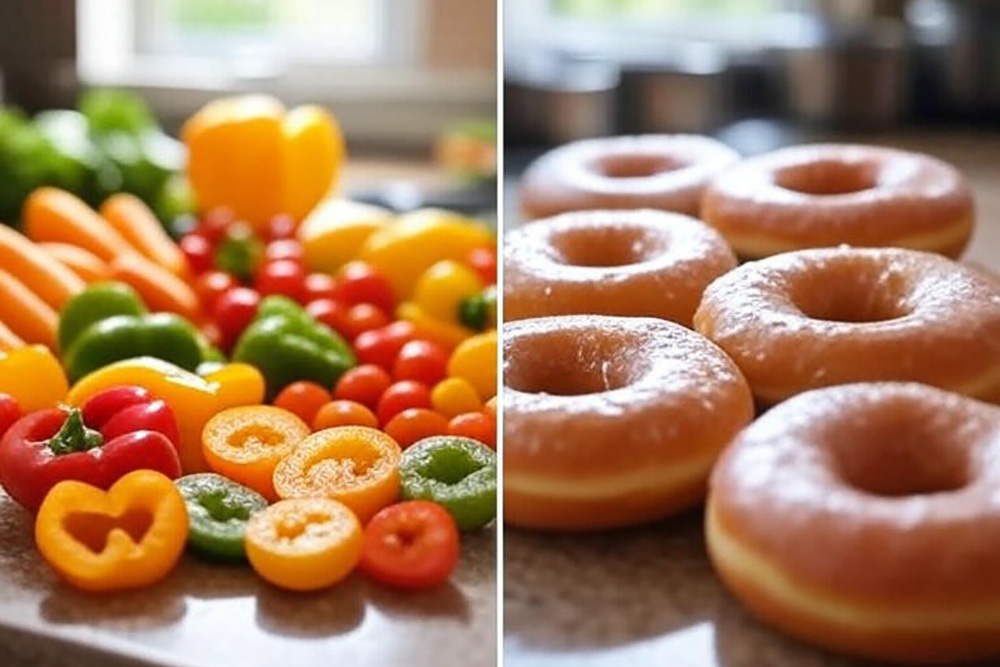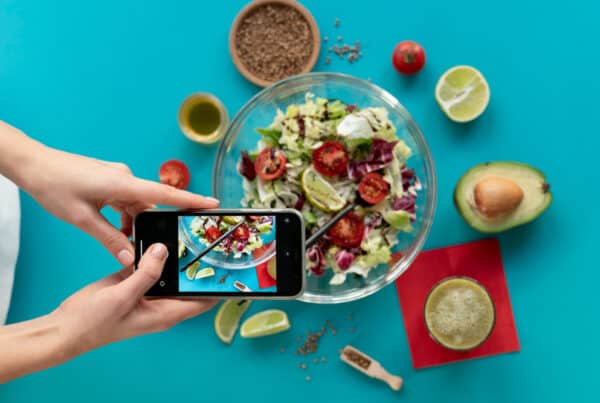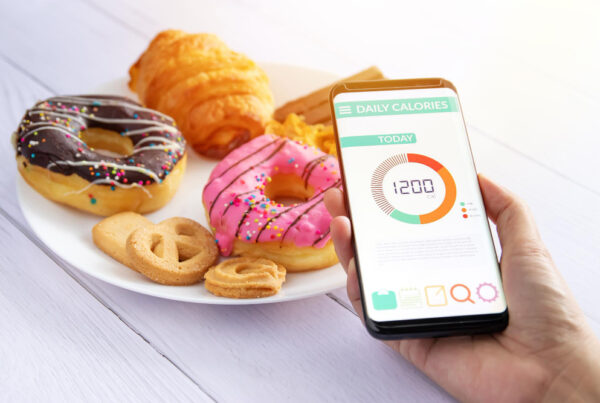Calories have been demonized, glorified, and misunderstood. Depending on which headline you read this week, they’re either the enemy of fitness or the cornerstone of body transformation. So, what’s the real deal? This post isn’t here to push a fad—it’s here to decode calories in plain English, so you can finally eat with clarity and confidence.
Calories: The Basics You Actually Need
Let’s start with a definition: a calorie is a unit of energy. Your body uses it to fuel everything—from breathing and digesting to walking and lifting groceries. Without calories, nothing works. But that doesn’t mean all calories are created equal.
Sources of Calories
Calories come from:
- Carbs: 4 calories per gram
- Protein: 4 calories per gram
- Fat: 9 calories per gram
- Alcohol: 7 calories per gram (but it’s a nutrient-free source)
What matters more than the number? The context. 100 calories of potato chips hits your body differently than 100 calories of quinoa.
Understanding Caloric Density
Some foods pack more calories in a smaller volume (think oil or cheese). Others are low in calorie density but high in volume (like spinach or berries). That’s why eating a large salad might feel more satisfying than a small bag of chips, even if the chips have more calories.
Metabolism and Daily Needs
Your metabolism is the engine that burns calories. But this engine is influenced by:
- Basal Metabolic Rate (BMR): the calories you burn at rest
- Thermic Effect of Food (TEF): the energy used to digest food
- Activity Level: from walking to workouts
- Hormones and Age: thyroid function, menopause, and muscle mass matter
That’s why two people eating the same meal may gain or lose weight differently.
The Myth of “Eat Less, Move More”
It sounds simple—and for some people, it works. But it overlooks variables like stress, sleep, hormonal imbalances, gut health, and nutrient deficiencies. Chronic undereating can even slow metabolism and make weight loss harder.
When Counting Calories Can Help
It’s useful in certain cases:
- You’re trying to lose or gain weight
- You’re managing a condition like diabetes or PCOS
- You want to learn how much you’re actually eating
But remember, calorie counting is a tool—not a moral compass. It doesn’t make you “good” or “bad.”
When It Becomes a Problem
Obsessive tracking can cause stress and lead to disordered eating. If you find yourself anxious over food choices, it may be time to step back and shift focus toward quality, satisfaction, and emotional relationship with food.
Quality Over Quantity
Instead of asking, “How many calories are in this?” try asking:
- “Will this keep me full and energized?”
- “Does it support my long-term goals?”
- “Does it taste good and feel good after I eat it?”
That’s the kind of calorie math worth doing.
🥗 Tip of the Day:
Use the 80/20 rule. Make 80% of your meals nutrient-dense and whole, and let 20% include foods you enjoy just for pleasure. You’ll reduce guilt and improve sustainability.
😮 Calorie Surprise:
Chewing and digestion burn calories, too. It’s called the thermic effect of food—and protein burns the most during digestion, which is one reason it helps with weight regulation.
How BiteRight Helps You Understand More Than Just Calories
BiteRight isn’t just a calorie counter. It analyzes your meals based on quality, macronutrient balance, and even your personal goals—like improving gut health or lowering cholesterol. With voice and photo input, it’s tracking made smart, not stressful.



